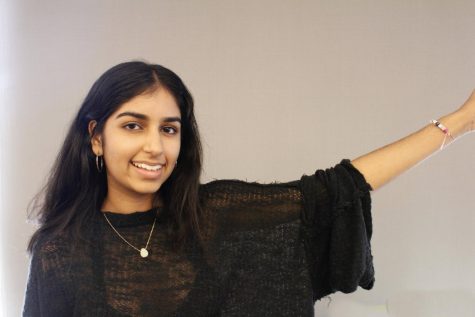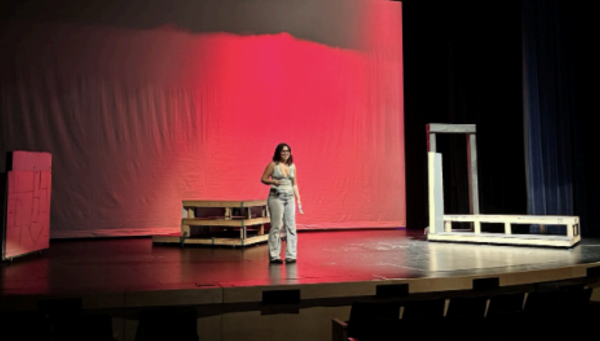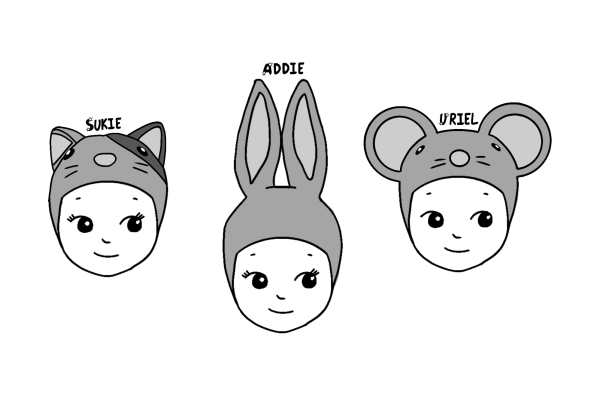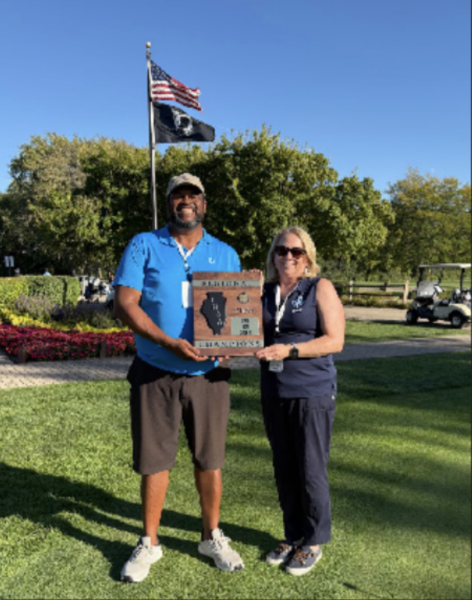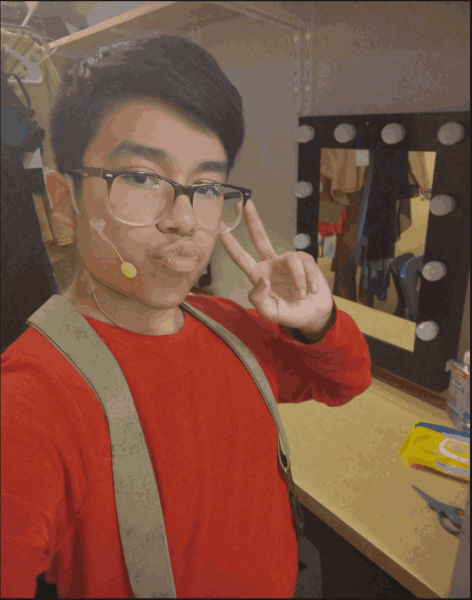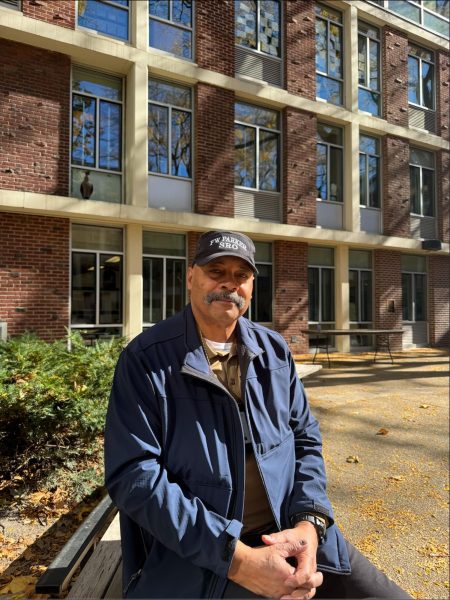Being Muslim at Parker
The Effect of Religion in the Classroom
As illuminated recently in a survey conducted by Dr. Peter Gay, 0% of the student body presently identifies as Muslim. Still, Islam is the fastest growing religion in the world, with 1.8 billion followers globally––about 24% of the world population, according to the Pew Research Center. There are about 3.3 million Muslims in the US, which stands at about 1% of the population.
Throughout an MX titled “Islam 101,” presented by 3rd grade teacher Nadia Pardesi and 7th grade history teacher and department co-chair Anthony Shaker, Pardesi focused on her experience of being Muslim in America at a time when Islamophobia is rampant throughout the country. As discovered by a study conducted by the Washington Post in 2006, 46% of Americans hold a perception of Islam as a hateful religion that condones violence.
Pardesi has directly encountered this type of bias. “We’ve gotten stares, we’ve been screamed at, cursed out with two little kids at our sides,” she said of her family. “Fortunately, though, I’ve never had to experience physical violence. And I hope I never will.”
Pardesi, through her MX and other efforts, intends to educate the student body about her religion, and more specifically the misconceptions surrounding it. “Because of the media, and the events after 9/11, raising awareness is incredibly important,” she said. “We went from being Muslim, to ‘There’s something wrong with you, you’re scary, you’re dangerous, you’re a terrorist.’ It has gotten progressively worse and a lot scarier, especially after the election of Donald Trump.”
Islamophobia is the irrational fear of, aversion to, or discrimination against Islam or people who practice Islam. Pardesi believes that this irrational fear stems from a lack of understanding of the religion.
“So I thought, ‘Why not just tell people, what is Islam?’” Pardesi said. “We are extremely similar to other Abrahamic faiths. I’ve done similar presentations at Latin, at Catherine Cook, and the overwhelming response I have gotten is, ‘Oh, that’s it? That seems so similar. I didn’t realize you guys believed in Jesus,’ or ‘I didn’t know you guys were considered an Abrahamic faith,’ or even ‘I feel like we share so much more in common now!’ Understanding creates so much irreplaceable connection and really is the root of the problem.”
At Parker Pardesi has not experienced any hateful language or acts in her time teaching third grade.
According to her former student, Max Satterfield, Pardesi enjoyed sharing her religion with her class. “Ms. Pardesi wears the hijab, but her sister doesn’t, and her mom does, she told us,” Satterfield said. “Her sister did not want to wear it because she isn’t as religious, but Ms. Pardesi is more religious. She told us she wears it to feel more connected to her religion and to her community. I really enjoyed learning about another religion because I only know about one other one, Judaism. I liked how she shared with our class.”
Pardesi does not feel that her experience is reflective of that of a Muslim student at Parker. “I am a mother, and my two JK kids go to school here,” Pardesi said. “This is something they’ve already brought up. They’ve mentioned a lot how there aren’t that many Muslims. My daughter came home one day and asked me if there were any other Muslim girls in JK, and I said, ‘No, just you,’ and she started counting. She asked me if there was one in SK, one in first grade, in second grade… and so on. And I really had to rack my brains to think of anyone.”
Young children feel more comfortable when surrounded by people they can relate to. “For her, at age four, she was already thinking, ‘Who else is like me?’ and she could only think of one other girl. That’s hard. It’s rough to feel like nobody is like you. She’s trying to figure out who she can identify with and coming up short. As a parent, that is concerning. You don’t want your kid to be the first, the only, to feel alone.”
The aspect of Pardesi’s appearance that reveals her religion is the headscarf she wears around her head. For Pardesi, the hijab is a symbol of culture and family. “The day I started wearing my hijab was my senior year graduation day,” Pardesi said. “I shocked my entire graduating class when I showed up to graduation wearing it. I made the decision my sophomore year that I wanted to wear it when I got older, but I wanted to mentally prepare myself before because I knew treatment was going to change. I knew it was going to be a huge responsibility.”
According to ArabsinAmerica.edu, the hijab is a symbol of modesty for many who wear it. “Hijab” is an arabic word meaning “cover,” and although it is most commonly worn by women, Muslim men also often wear a head covering as a means of showing modesty. In other, especially more conservative sects of a number of religions, including Christianity and Judaism, scarves are a common cultural practice signaling a commitment to modesty or piety.
“I wanted to be identified as Muslim, and that’s why I wear it,” Pardesi said. “I wanted to fit with the culture, and have that spiritual connection that comes with it. My sister does not wear a headscarf. My mom wears it a different way than I do. There is no right way to wear it. Everyone comes to their spirituality in a different way, and it is their decision to do so.”
Because of her decision to wear a hijab, Pardesi feels that she is seen first and foremost as Muslim. Although she recognizes her hijab is the first thing someone looking at her may see, it is not her only defining feature. “People always compliment me on my headscarf, instead of my shoes or my shirt, which is fine, but it’s how people look at me and label me,” she said. “People see me as Muslim and then they decide they have to be culturally sensitive, and they compliment it. It’s just another part of my outfit. The goal is for people to see me beyond it.”
Pardesi’s efforts to bring awareness about Islam have been successful. “I’ve had people say to me, ‘Before I met you, I had such bad ideas about women who wear headscarves, and now I realize you’re just like the rest of us.’ The warm feedback and the reactions I get are amazing. I can actually see myself making a change.”
